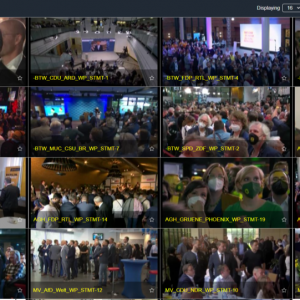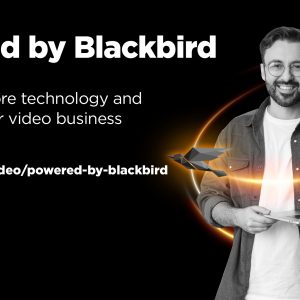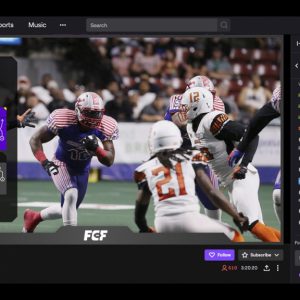Posted: 16/02/2022
Sitting with Streaming Media Europe, Ian McDonough talks through cloud-native production, sustainability and all things Blackbird.
Ian McDonough brings considerable knowledge and experience of delivering growth and value in the global media sector. His core expertise is in building high-value and commercially innovative partnerships. During his five years at BBC Worldwide, he rose to become Executive Vice President and General Manager for one of seven global regions. More recently, Ian covered the UK, Ireland, Nordic and Baltic countries as Senior Vice President and Managing Director for Turner (formerly Turner Broadcasting). He previously held senior commercial posts at A+E Europe and Viacom Asia.
The COVID-19 pandemic created an urgent need for media companies to move to the cloud. Can you talk a little bit about how you worked with customers during the pandemic?
Ian McDonough: For us, it’s very simple. Over the pandemic, there were obviously safety concerns, keeping the lights on, and making sure that content reached screens. We were there to help people right at the start. The first example we had at the beginning was A+E Networks, who had to evacuate their Manhattan, Stanford, Connecticut, and Los Angeles premises. And they already had Blackbird installed. So they were able to make those moves seamlessly and keep everybody safe. And then there were numerous other examples of that, including Premier League football teams like Liverpool and Arsenal, who had no live content going on obviously, but they were able to move all their workflows to the safey of their homes using Blackbird.
So there was a moment then where companies started to experiment a little bit more with what a cloud workflow was. They probably wouldn’t have had the burning necessity to before. And that was a good thing for us.
Beyond the necessity the pandemic created, what are the biggest factors bringing people to cloud-native production?
Ian McDonough: I don’t always want to quote Elon Musk, but he has said he wasn’t trying to build a better electric car, he was trying to build a better car. With cloud-native, you’re getting a better workflow. First, there’s cost. That could be cost of moving people around, having big buildings that are heated and cooled, heavy duty equipment, or big bandwidth connections. With Blackbird, you don’t need any of that.
There’s also the speed element. Blackbird is recognized by users as being the fastest video editor in the world for creating and publishing content. It’s the platform’s cloud native architecture that enables this.
Of course, the benefit of Blackbird that trumps everything is convenience. Over and above the lower cost and faster speed of the platform, it’s just more convenient than any other professional video editing platform on the market. Being able to professionally edit content in a browser on any standard laptop with bandwidth from just 2Mb/s is revolutionary in this space. People can have a great work-life balance, people are not having to jump on a plane to go to Tokyo or to Portugal or to wherever they have to go to cover an event. And for companies and individualsit’s very beneficial.
Another big benefit is sustainability, and you’ve talked a lot about that. What are the biggest benefits, sustainability-wise?
Ian McDonough: We started the discussion about sustainability a few years ago, because we wanted to look at how efficient we were in terms of lower cost and energy usage and zero travel requirements. We commissioned a white paper written by the independent environmental consultancy, Green Element, and were pleased to be on the vanguard, far ahead of any of the competition.
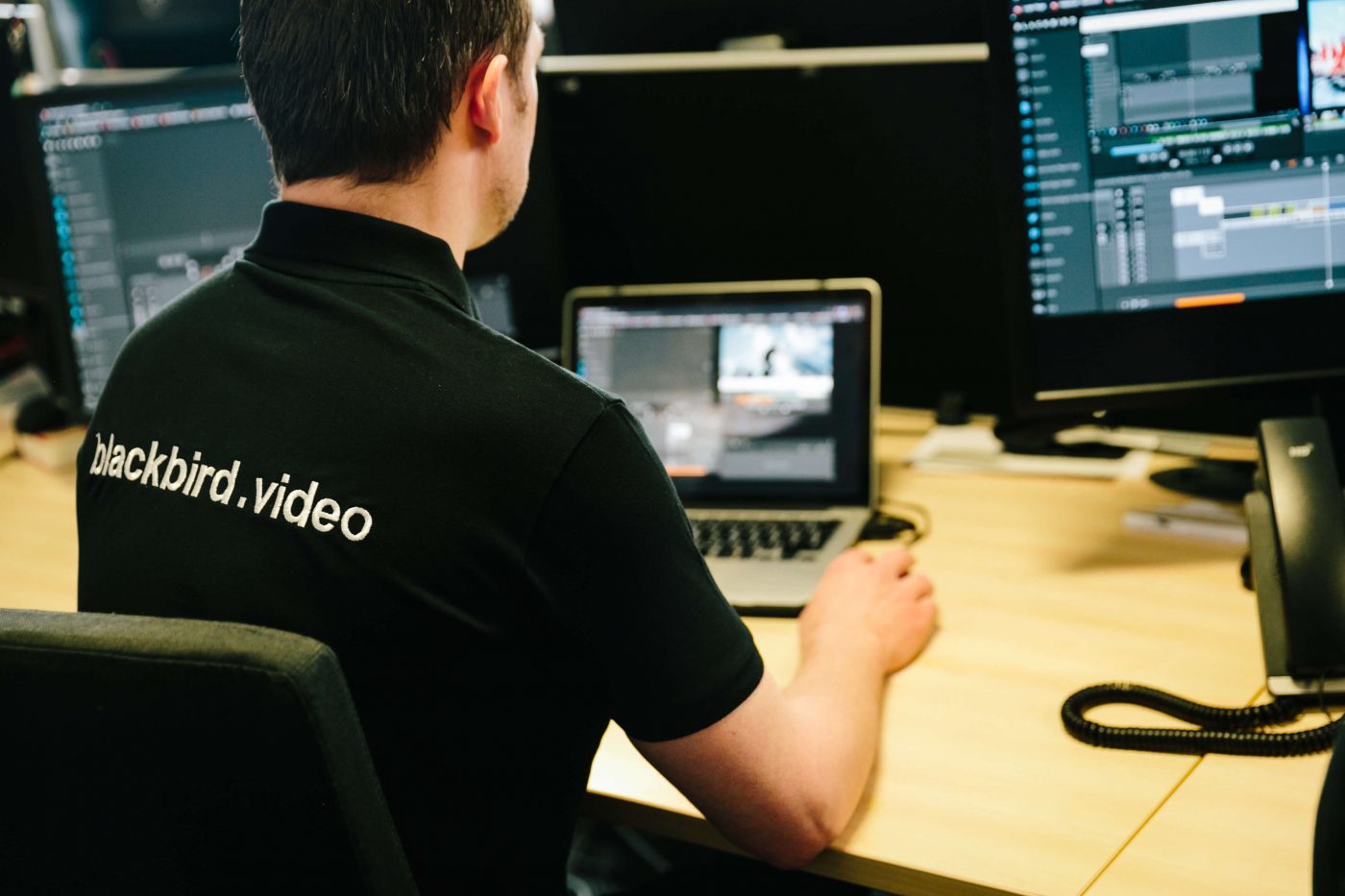
They found that producing video content is generally very demanding in terms of resources. And it’s very heavy in terms of the negative impact of carbon emissions into the environment. Let me give you an example. BAFTA now has an online carbon calculator called Albert, which estimates the amount of greenhouse gases emitted and other environmental impact per hour of television created. In one calculation, Albert determined that 27 metres of sea ice were lost per hour of TV. That’s a huge number, and obviously, there are many, many hours of television being produced.
We started looking at the video editing portion of the entire TV supply chain. Since we’re a Wimbledon-based company, we looked at a two-week tennis event and compared cloud-native, cloud-based, and on-prem video editing. The on-prem system emitted 176 tonnes of carbon over that two-week period. In one test, cloud-native Blackbird was 91% more carbon efficient than on-prem editing systems and 85% more efficient than cloud-based platforms.
Many traditional NLEs have lifted and shifted their operations from on-prem to the cloud, but these are third-party cloud connections, which means they are moving huge amounts of high bitrate content. Cloud-native is different. It means that we transcode high-res files on the fly into this very high quality, but very low powered, low bit rate codec that is then able to be viewed instantaneously, frame accurately by anyone in the world on very low bandwidth, on very low power laptops. The highly efficient Blackbird way of accessing, editing and publishing content means the tech is very sustainable – an issue we’re very passionate about.
When I first joined the company and was asking our founder about this, he said our competition had basically just put wings on a train and stuck it in the sky. And we’ve built a helicopter. These days, I like to call it a glider.
Blackbird also enables “storycentric” production. How and why is that approach taking hold?
Ian McDonough: One of our customers once said to me that Blackbird is like carrying an edit suite around in your backpack. We want to make telling a video story as easy as it is to write a story on a piece of paper. The best person to tell that story is the person that’s there on the scene and putting it together and has the creative flair and mind to produce that onsite. And the tools shouldn’t get in the way.
With Blackbird, you can have instant access to your content from wherever you are. It delivers unmatched flexibility and agility. A good example of this is A+E Networks, who have more than 40,000 hours of content stored in Blackbird. It can be accessed instantaneously from anywhere by multiple teams such as production, marketing and PR and then turned it into a story for publishing to multiple channels and destinations – very fast and simply.
Following on that, in addition to the move towards the cloud, there’s been an increased move toward remote production. I’ve heard people in the video industry say that workflows have advanced the equivalent of 5 years in the last 18 months, out of necessity. Blackbird is working with major broadcasters like BT with their remote production capabilities. How do you see remote production fitting into a world where producers are able to return onsite?
Ian McDonough: It is a hybrid workflow, and it’s got to be seamless. We just announced a partnership with Cheddar News, another company that is very much at the cutting edge. Cheddar will use that remote aspect of our toolsets for the journalists in the field, but also for the journalists and producers working from home, as well as the ones in their offices. And it’s as simple as being able to access that cloud through the browser. It couldn’t be any simpler. You log in like you’re logging into Instagram or Facebook. And you’re in your environment, you’ve got all your libraries there at your fingertips, and you’re able to work on everything you need instantly.
It doesn’t matter whether you’re sitting in an edit bay with four walls, or you’re sitting in a coffee shop, or in the field somewhere next to the story, or at home. It’s completely seamless, because it’s not happening on the laptop, it’s happening in that cloud that’s easily accessible by everybody.
We have also recently brought Univision on as a customer and they are using Google Cloud which is a first deployment on that infrastructure. However, we can deploy on many clouds. You’re pulling content from everywhere. You’re looking into a file structure and just pulling what you need from it, so it’s totally seamless. There’s not one system for the office, a different one for the field, and yet another one for working from home. And that’s what we pride ourselves on.
Let’s close by talking about the role that machine learning is playing in what Blackbird is doing.
Ian McDonough: We’re a ways away, but we’re prepared for the time when a craft edit is done by a bot, or by an AI program, or an algorithm. What we’re all about is helping an editor search for and prep all the right material for the machine to take over. We’re about making this as efficient and as clean and as quick as possible to get more content out.
We ran a webinar with A+E recently, and their SVP of Production Operations Ed Russo put it very well. He said, “We’ve replaced Premiere seats and Avid seats because we’ve brought in Blackbird, but it’s more than that. It’s the fact that so many more people have been able to do so much more, and our video creation capabilities have gone through the roof.”
We want to improve and increase the capabilities of companies, and AI and ML is a great way of doing that. We’ve got APIs that will take in ML data from wherever they need to, whether it’s manually assembled data or whether it’s AI-created data. And I think it’s all about improving the output and increasing the volume of the output.
Simply put, Blackbird enables our clients to leapfrog their competition.
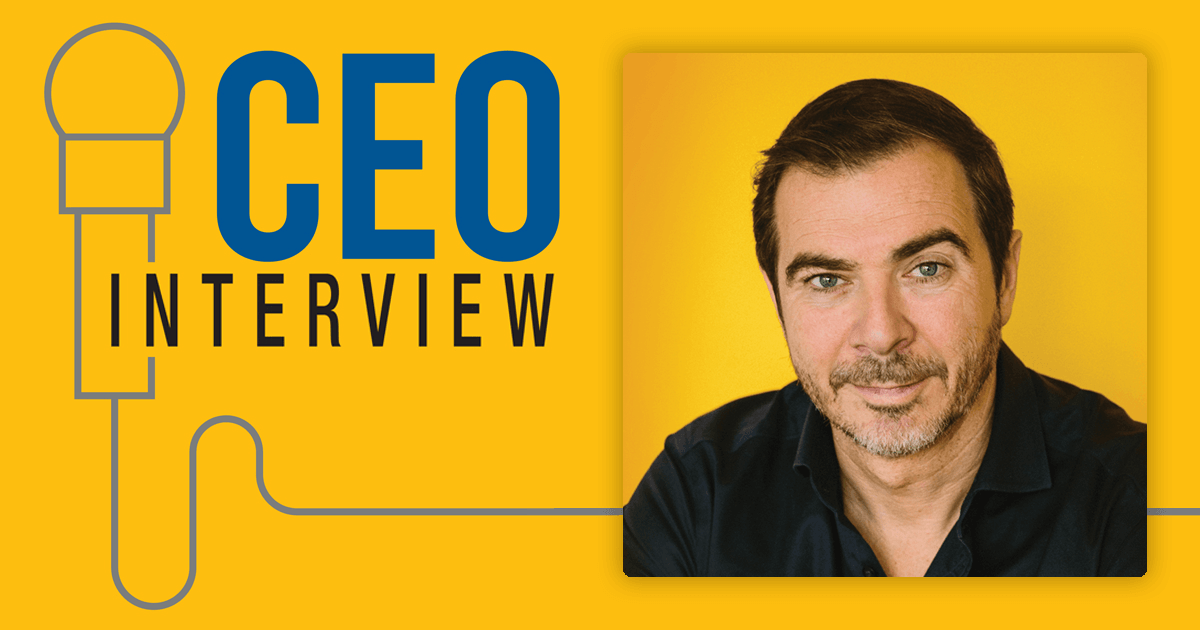
Blackbird is best-of-breed
Jon Hanford - Group CTO, Deltatre
